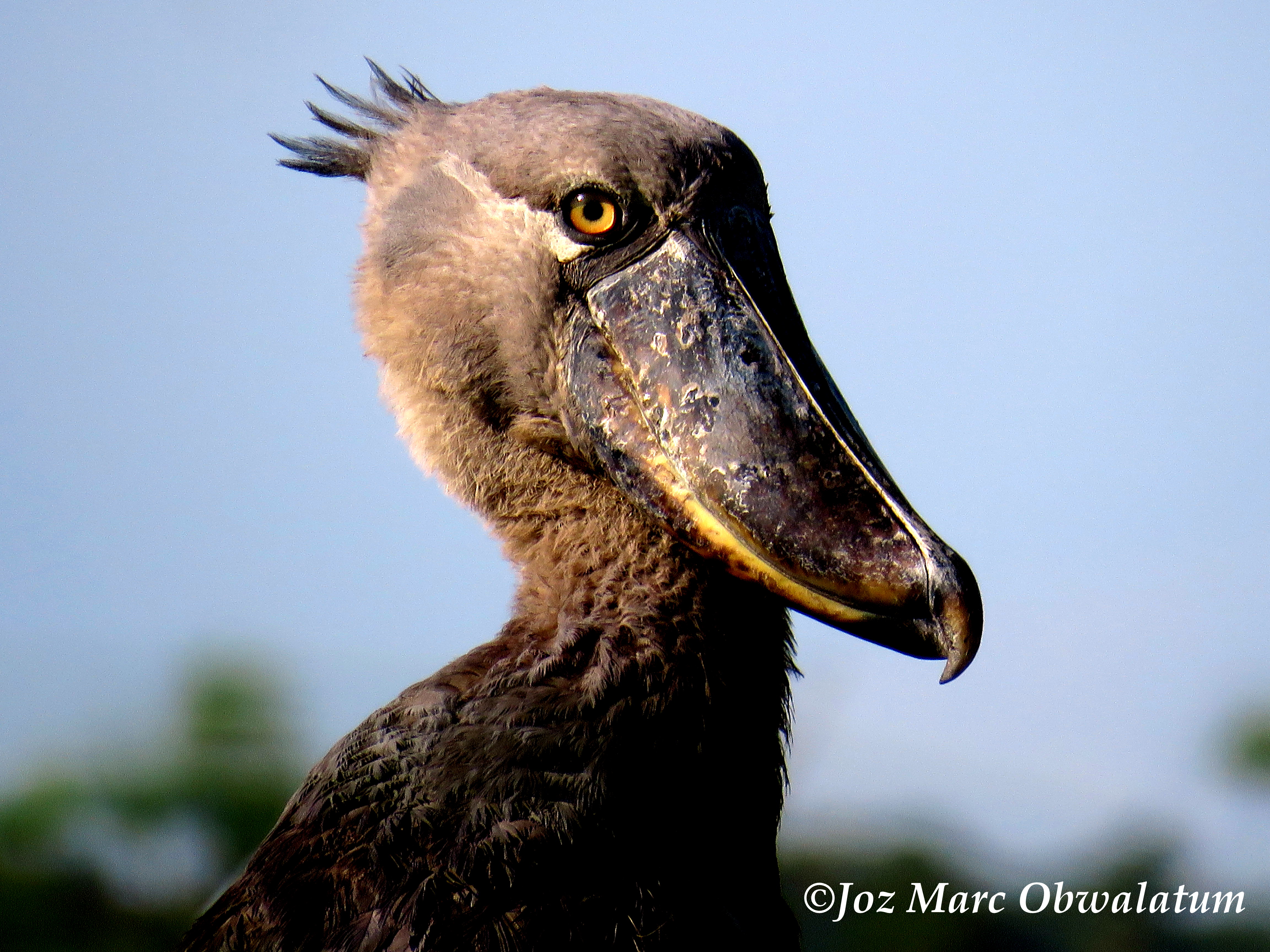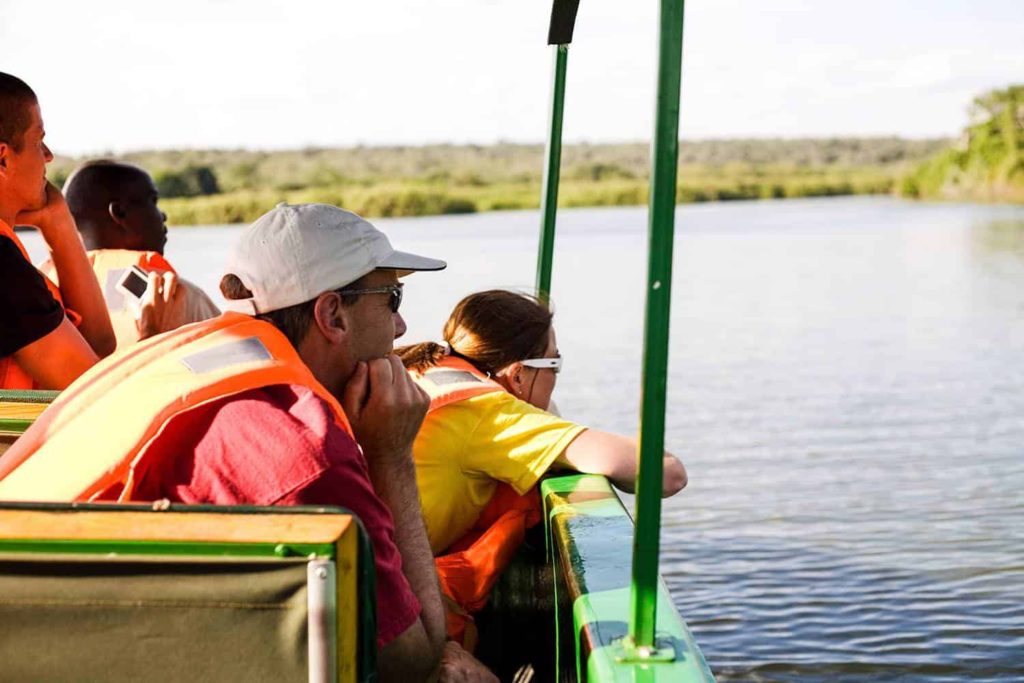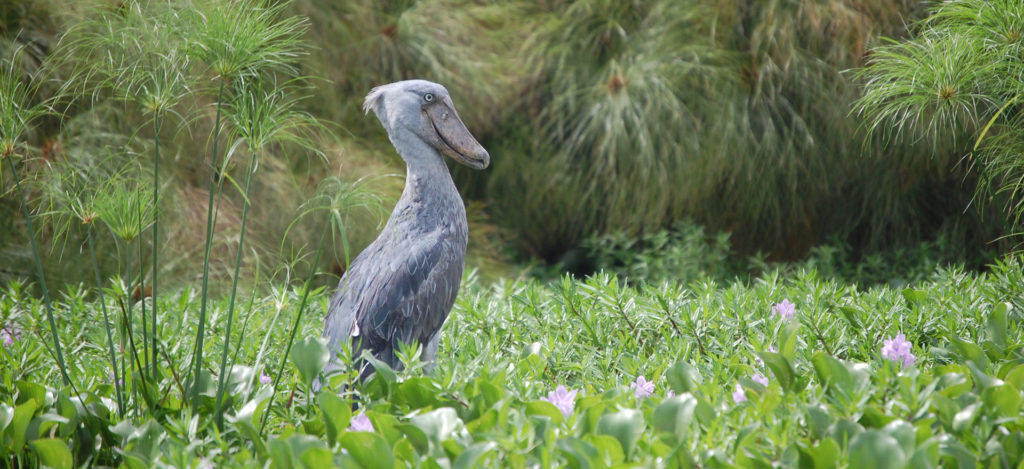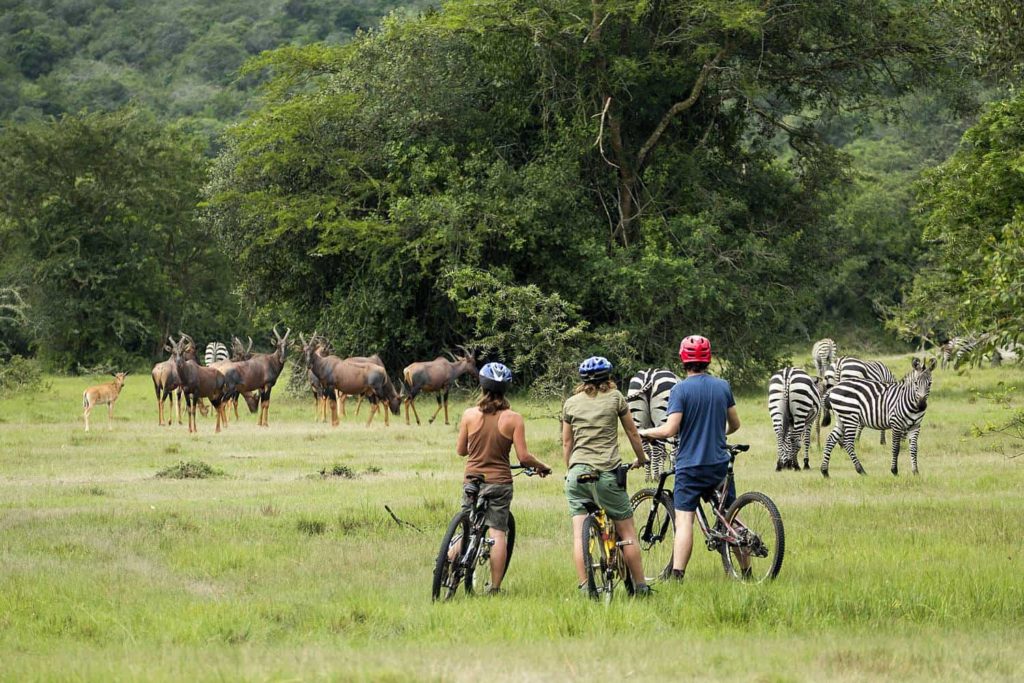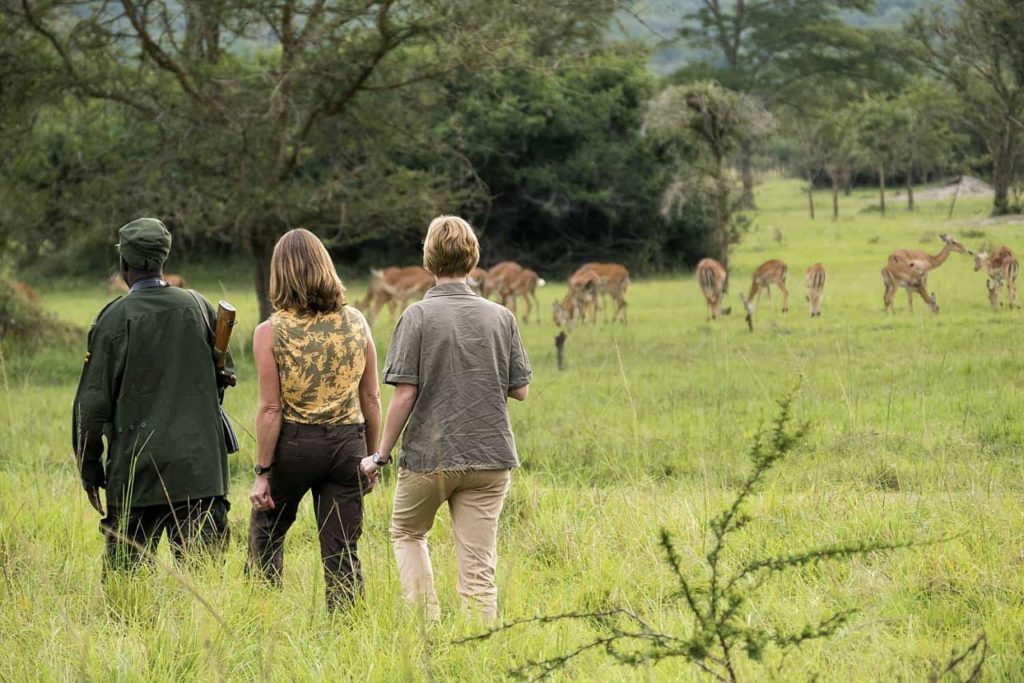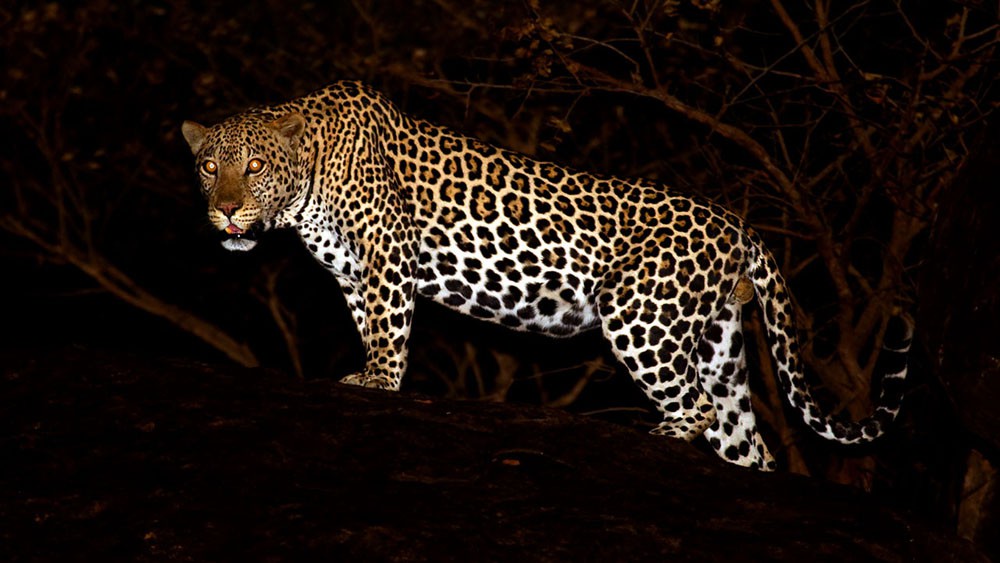Shoebill tracking In Lake Mburo National Park: Shoebills can be seen in a handful of destinations; Murchison Falls National Park, Ishasha – southern sector of the greater Queen Elizabeth National park, Makanaga swamp, Lugogo Swamp, Mabamba Swamp, and Lake Mburo National park.
Shoebill tracking in Lake Mburo National Park is often sought after by bird-lovers visiting this park. The shoebill stork is among the many other aquatic bird species that can be sighted on a safari to Lake Mburo National Park.
Other birds seen in Lake Mburo National park include:
Best time to go on a birding safari to Lake Mburo National Park
The birdlife in Lake Mburo National park is good all year-round. The Best time to go birding in this park is, June and July when there is the least rain. March and April are the wettest months characterized by heavy rains. The heavy rains make the whole park soggy and most routes can become slippery and impassable. This can limit your birding safari. Migratory birds in Lake Mburo can be seen in the months of November to April.
Alternative things to see & Do in Lake Mburo National Park

